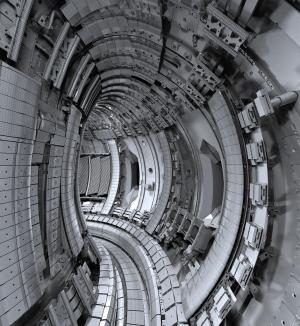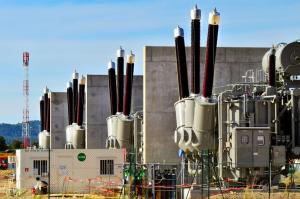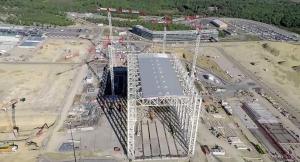What’s New
9 November 2015
ITER news digest for the period of 2 November 2015 to 9 November 2015.

Testing the thermal tolerance of the fusion reactors of the future

Adam Cohen succeeds Michael Knotek as Deputy Under Secretary for Science and Energy (US)





